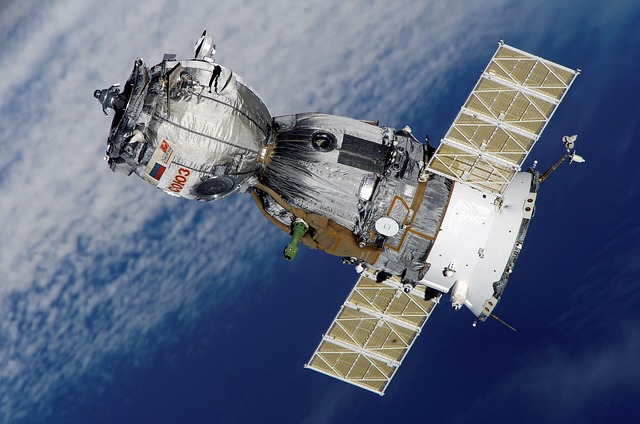The Resurgence of Analog Photography in the Digital Age
In an era dominated by digital technology, a surprising trend is emerging in the world of photography. Analog photography, once considered obsolete, is experiencing a remarkable revival. This resurgence is not merely nostalgia-driven; it represents a profound shift in how artists and enthusiasts approach image-making. As digital perfection becomes ubiquitous, many are finding value in the imperfections and tactile nature of film photography. This article explores the factors driving this trend, its impact on the art world, and what it means for the future of photography.

A Return to Craftsmanship
The process of shooting with film demands a level of skill and patience that has been largely lost in the digital era. Photographers must carefully consider each shot, as the number of exposures is limited. This constraint fosters a more thoughtful approach to composition and lighting, encouraging photographers to hone their craft rather than relying on post-processing techniques.
The Tangibility Factor
In a world increasingly dominated by virtual experiences, the physical nature of film photography offers a refreshing change. From loading film into a camera to developing negatives in a darkroom, the entire process provides a hands-on experience that many find deeply satisfying. This tangibility extends to the final product, with prints becoming cherished objects in their own right.
Impact on the Art Market
The art world has taken notice of this analog revival. Galleries and collectors are showing renewed interest in film-based works, appreciating their unique qualities and limited nature. This has led to a reevaluation of film photography’s place in contemporary art, with many established and emerging artists choosing to work exclusively or primarily with analog methods.
Challenges and Adaptations
Despite its growing popularity, analog photography faces significant challenges. The availability of film and processing facilities has decreased dramatically over the past two decades. However, this scarcity has sparked innovation, with new companies emerging to fill the gap and established manufacturers reintroducing discontinued film stocks. Additionally, hybrid workflows combining analog capture with digital processing have become increasingly common, allowing photographers to blend the best of both worlds.
Educational Renaissance
The resurgence of film photography has also impacted education. Many photography programs are reintroducing film courses, recognizing the value of analog techniques in developing a well-rounded skill set. This educational shift is not only preserving traditional photographic methods but also fostering a new generation of artists who appreciate the nuances of both analog and digital mediums.
Environmental Considerations
As sustainability becomes an increasingly important consideration in all aspects of life, the environmental impact of analog photography has come under scrutiny. While the chemicals used in film development raise concerns, proponents argue that the longevity of film cameras and the reduced energy consumption compared to digital workflows offer environmental benefits. This debate continues to shape the discourse around analog photography’s place in a sustainable future.
Cultural Significance
The revival of analog photography reflects broader cultural trends, including a desire for authenticity and a reaction against the perceived homogeneity of digital imagery. It speaks to a collective nostalgia for a pre-digital era, while simultaneously offering a way to stand out in an image-saturated world. This cultural significance extends beyond the art world, influencing fashion, advertising, and popular culture.
Future Prospects
As the analog photography movement continues to grow, it raises questions about the future of image-making. Will it remain a niche interest, or could it signify a broader shift in how we create and consume visual media? The interplay between analog and digital technologies suggests a future where both coexist, each valued for its unique qualities and capabilities.
In conclusion, the resurgence of analog photography in the digital age is more than a passing trend. It represents a reevaluation of our relationship with technology and art, challenging assumptions about progress and perfection. As photographers and artists continue to explore the possibilities of film, we can expect to see new innovations and hybrid approaches that push the boundaries of what photography can be. This revival not only preserves an important artistic tradition but also opens up new avenues for creative expression in the 21st century.





